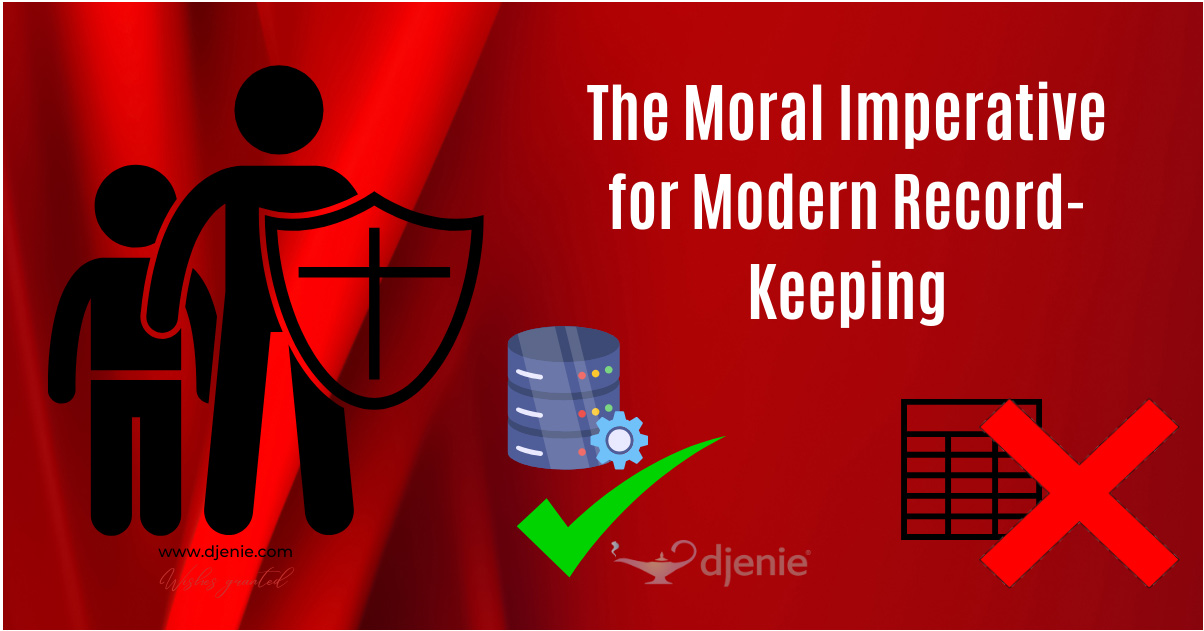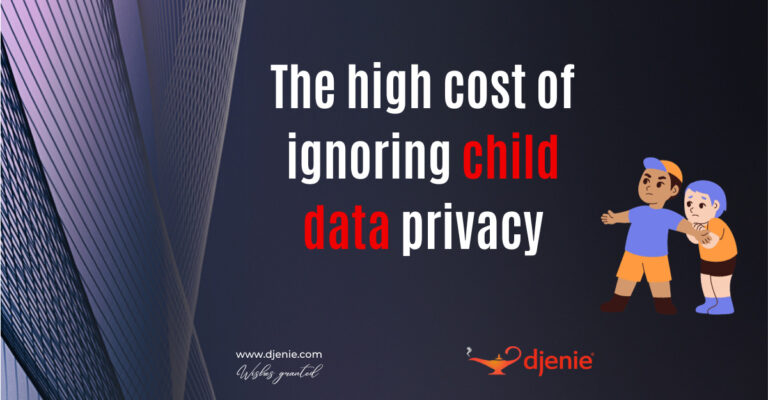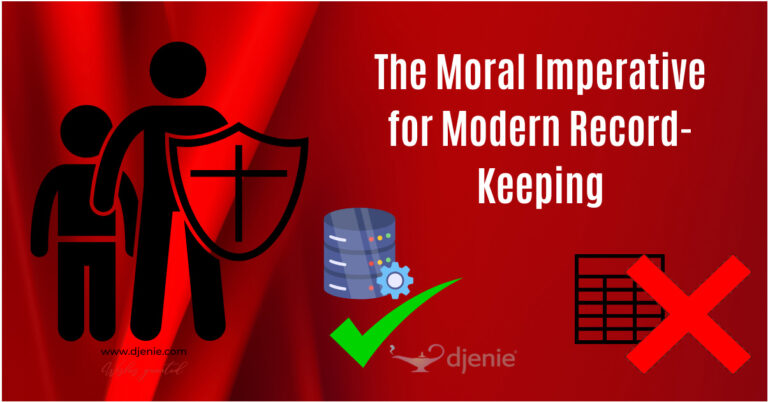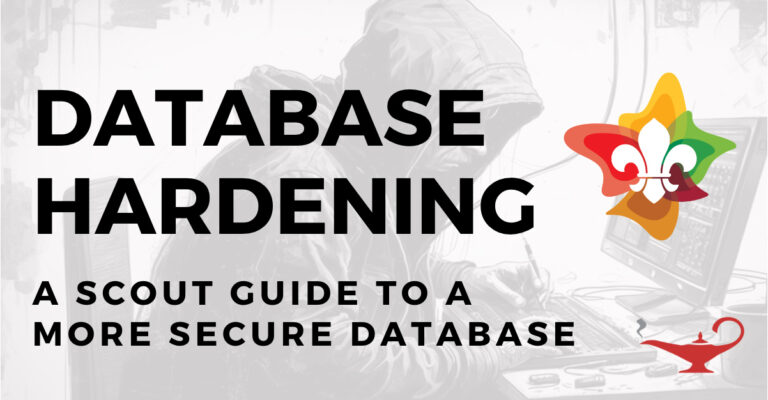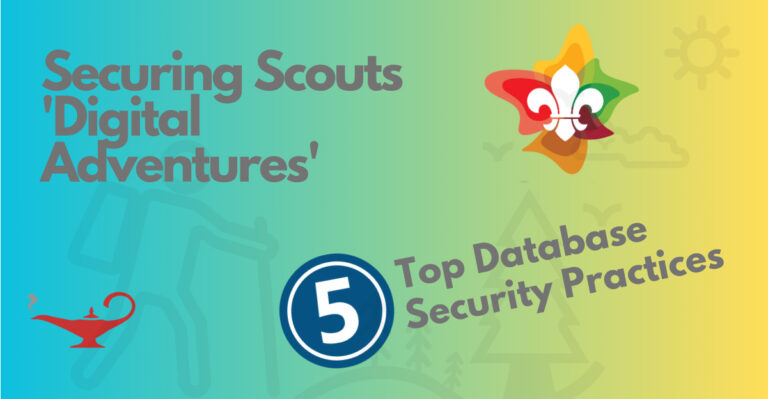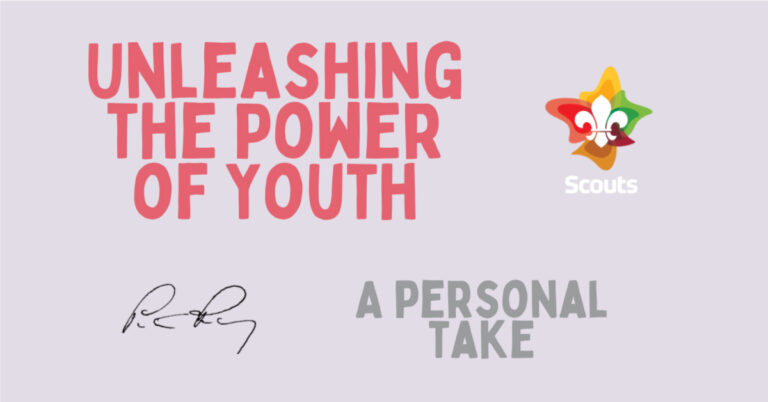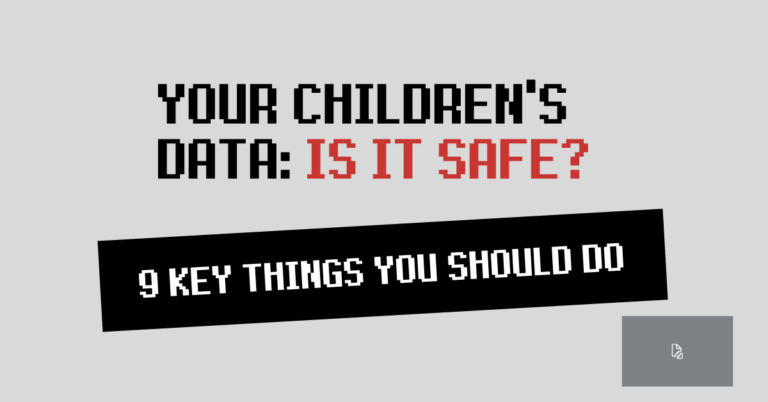Prioritising Child Protection: The Moral Imperative for Modern Record-Keeping
Child Protection
In an age where we have the means to preserve memories with a click and store vital information in virtual vaults, one wonders: Are we doing enough to protect our most vulnerable? The Royal Commission into Institutional Responses to Child Sexual Abuse has cast a spotlight on the profound need for meticulous record-keeping, not just as a procedural necessity, but as a heartfelt duty to safeguard the young people entrusted to various institutions.
Beyond Flat Files: A Heartfelt Plea for Child Protection
For generations, we’ve used flat files – simple documents and spreadsheets – to store data. While they’ve served us in the past, when it comes to preserving the delicate narratives of children and ensuring their safety, such rudimentary methods fall short:
- Security Gaps: With limited protection, flat files can inadvertently leave children’s stories exposed to unauthorized eyes. It’s not just about data; it’s about lives and histories that deserve discretion and respect.
- Inadequate Oversight: Without proper tracking, it becomes challenging to monitor changes, making it all the more crucial to ensure we have a robust system in place that upholds our duty of care.
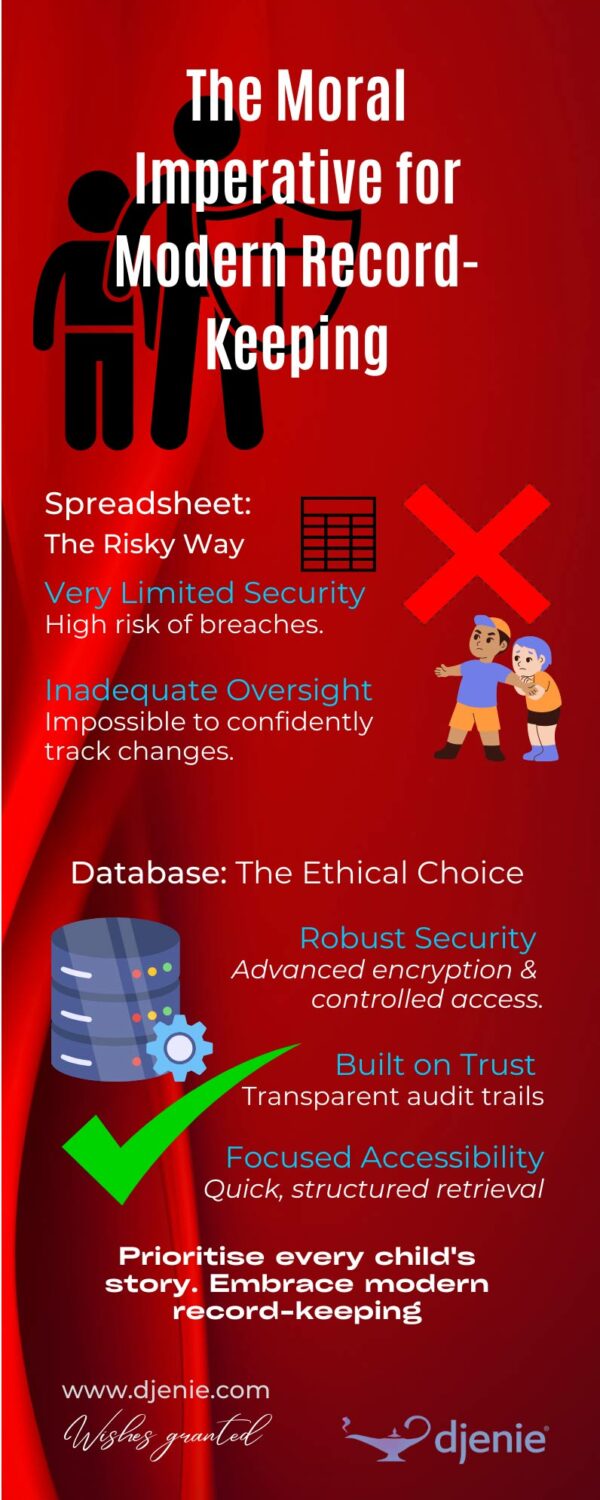
Download This Infographic In PDF Format!
The Ethical Strength of Databases
Embracing modern databases isn’t just a tech-savvy move; it’s a moral and ethical declaration that we prioritize child protection:
-
- Robust Security: Databases offer a sanctuary. They guard sensitive information with advanced encryption, ensuring that only those with genuine reasons can access the precious records of our children’s experiences.
- Transferability with Care: As we move forward in a digital world, databases allow us to transition data compassionately and securely, ensuring that every child’s story remains intact, respected, and uncorrupted.
- Compassionate Accessibility: It’s about granting access with heart. Databases enable structured and swift retrieval, ensuring that caregivers and protectors can quickly access what they need, always in the child’s best interest.
- Trust through Auditability: Every interaction, every access, every change is logged in a database, building a tapestry of trust and transparency. It’s about ensuring that we’re always accountable to our moral duty.
- Scalability with Integrity: As the need to protect more children grows, so can our database, ensuring that every child, every story, and every plea for protection is heard and held with utmost care.
A Unified Call to Action
Child protection transcends procedural compliance. It’s an ethical call that resonates in the heart of every caregiver, teacher, guardian, and community member. In adopting modern record-keeping methods like databases, we’re not just updating systems; we’re making an unwavering commitment, driven by compassion and responsibility, to shield our children from harm. As society evolves, let our methods and intentions reflect our profound dedication to cherishing and protecting every child.
In the wake of findings from “The Royal Commission into Institutional Responses to Child Sexual Abuse”, it has become undeniably clear how vital stringent record-keeping truly is in our shared quest to protect the vulnerable. The 45-year record-keeping rule isn’t merely a suggestion — it’s a pivotal directive that solidifies our commitment to safeguarding the stories, testimonies, and histories of our children. As mandated, these records must endure for nearly half a century, serving as both a guardian of truth and a beacon for justice. To underscore the gravity of this obligation, State Governments have instituted severe penalties for breaches, ensuring that our societal duty carries both moral and legal weight. Whether you’re an educator, caregiver, or institution, embracing this rule isn’t just about compliance; it’s about upholding an ethical promise, borne from lessons of the past, to protect our children’s future. Let this rule be a continual reminder of our shared responsibility and the profound importance of never allowing a child’s story to be lost to time.
REFERENCES
2. Panko, Raymond R. “Spreadsheets on Trial: A Survey of Research on Spreadsheet Risks.” The EDP Audit, Control, and Security Newsletter, vol. 10, no. 4, 1999, pp. 1-7.
3. Stonebraker, Michael, and Joseph Hellerstein. “What Goes Around Comes Around.” Readings in Database Systems, 4th ed., MIT Press, 2005, pp. 2-41.
DISCOVER MORE POSTS ABOUT
Child Wellbeing
ENJOYED THIS POST?
Follow us on social media to stay up-to-date with our latest posts
JOIN THE CONVERSATION!
Let’s Make It Meaningful Together

